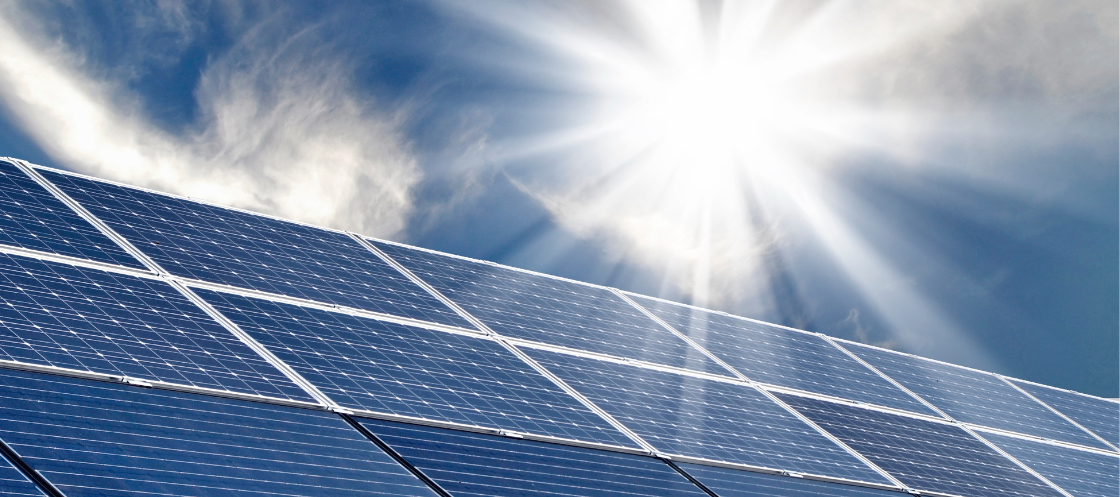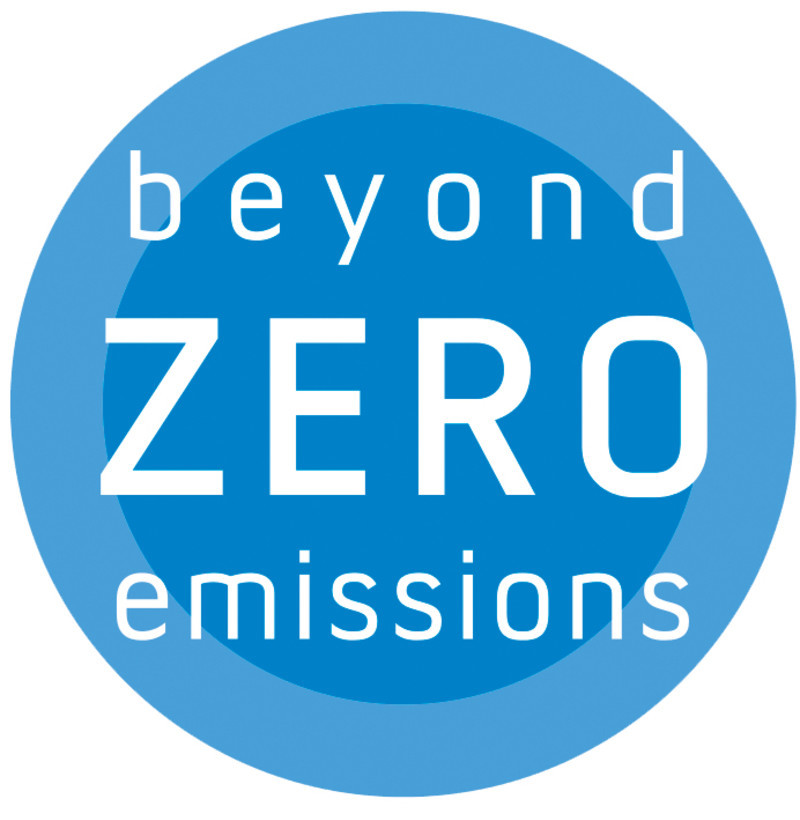UNSW study finds mitigating greenhouse gases and aerosols will bolster solar panel efficiency
Published in the Renewable Energy journal, the study utilizes comprehensive Global Climate Models to simulate various climate scenarios. These models project alterations in PV energy generation, revealing contrasting impacts across continents based on the level of emission reduction efforts.

A groundbreaking study by engineers at UNSW Sydney has unveiled the intricate relationship between climate change variables and the future of photovoltaic (PV) energy production. Their research delves into the profound effects of atmospheric aerosols and greenhouse gas emissions on PV efficiency and associated costs.
The study elucidates how atmospheric aerosols, depending on their type, might impede solar radiation reaching the Earth's surface. Additionally, it notes that PV panels operate less efficiently in higher temperatures, above approximately 25 degrees Celsius.
In Australia, North America, and most parts of Asia, decreased radiation and rising temperatures could curtail PV efficiency. Conversely, Europe might experience an increase in efficiency due to these climate variations.
The implications are significant: reduced PV efficiency in the future could escalate costs, necessitating a higher number of solar panels to generate the same energy output.
Lead author Alejandra Isaza, a PhD candidate at UNSW working with Associate Professor Merlinde Kay in the School of Photovoltaic and Renewable Energy Engineering, highlights the staggering difference in costs. Under a scenario where minimal action is taken on emissions and air pollution, costs could soar by as much as US$12.4 billion annually compared to a low-emission, clean-air roadmap.
The study emphasizes the use of Levelised Cost of Energy (LCOE) analysis, a tool to predict energy production costs over a plant's lifespan. Though acknowledging its simplicity, researchers assert its relevance in assessing energy technology feasibility.
Associate Professor Merlinde Kay underscores the significance of these findings for policymakers and developers.
“What the work shows is that there's a range of possibilities and it depends on how we move forward in time as to which one could come to pass in terms of the efficiency of PV generation and therefore the associated costs," Kay said.
“I think the key thing is for policy-makers and developers to look at the economics and the costs under those range of different scenarios."
“And what we see is that if we keep moving forward developing renewable technologies then we reduce those emissions and also then save quite a bit of money. In contrast, if we are pessimistic and expect there to be less stringent controls on pollution, then that actually costs us more economically."
The research also highlights the vulnerability of certain PV panel types, like mono-crystalline silicon (mono-Si), in warmer climates. It underscores the necessity for continued research to bolster the resilience of PV cells under changing climatic conditions.














